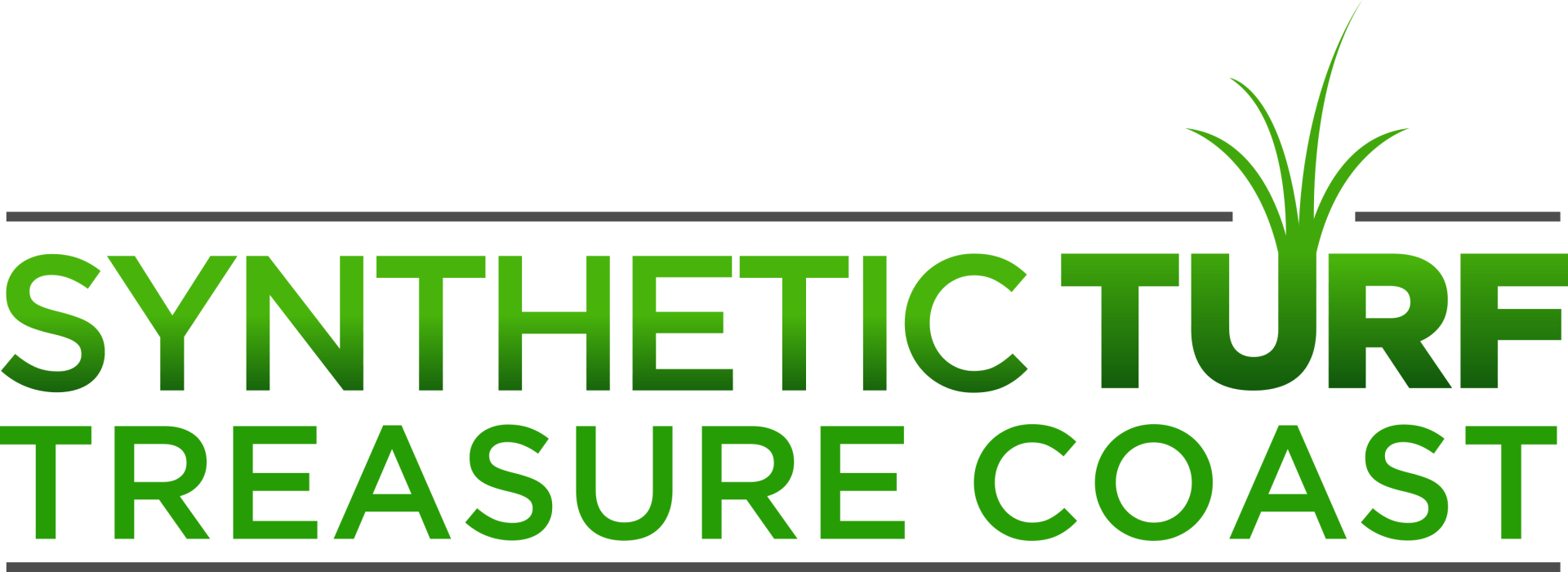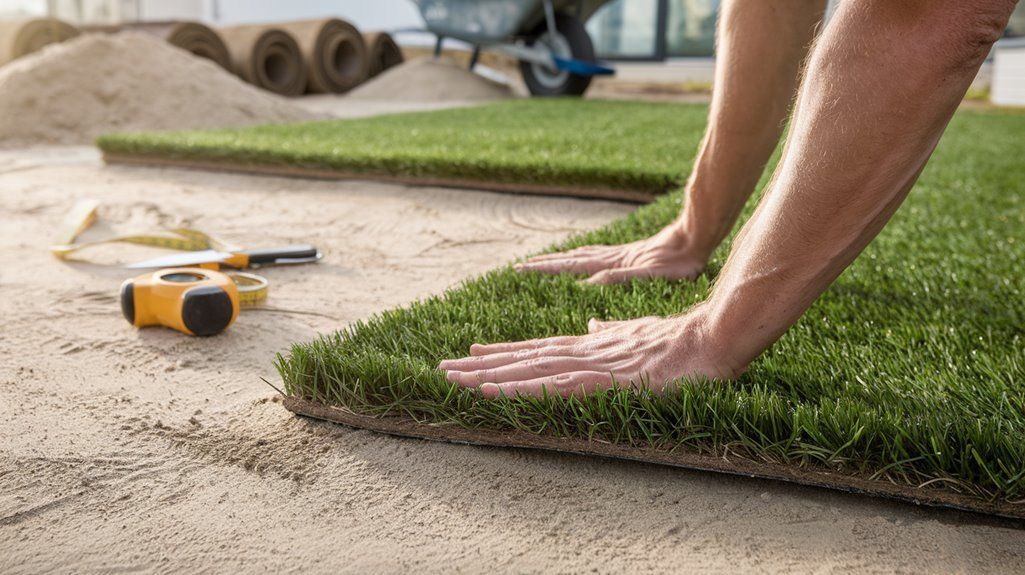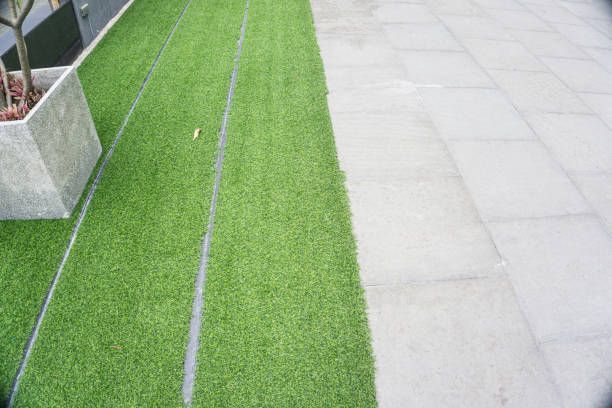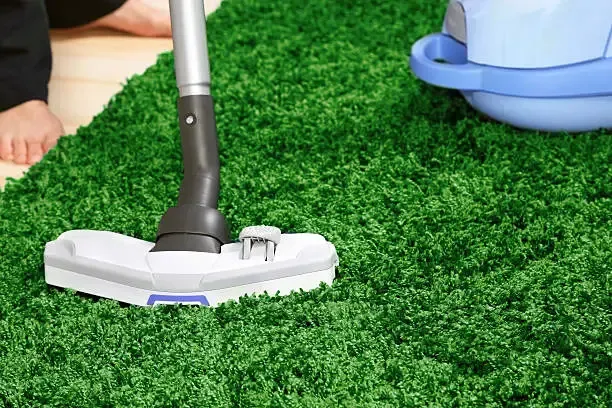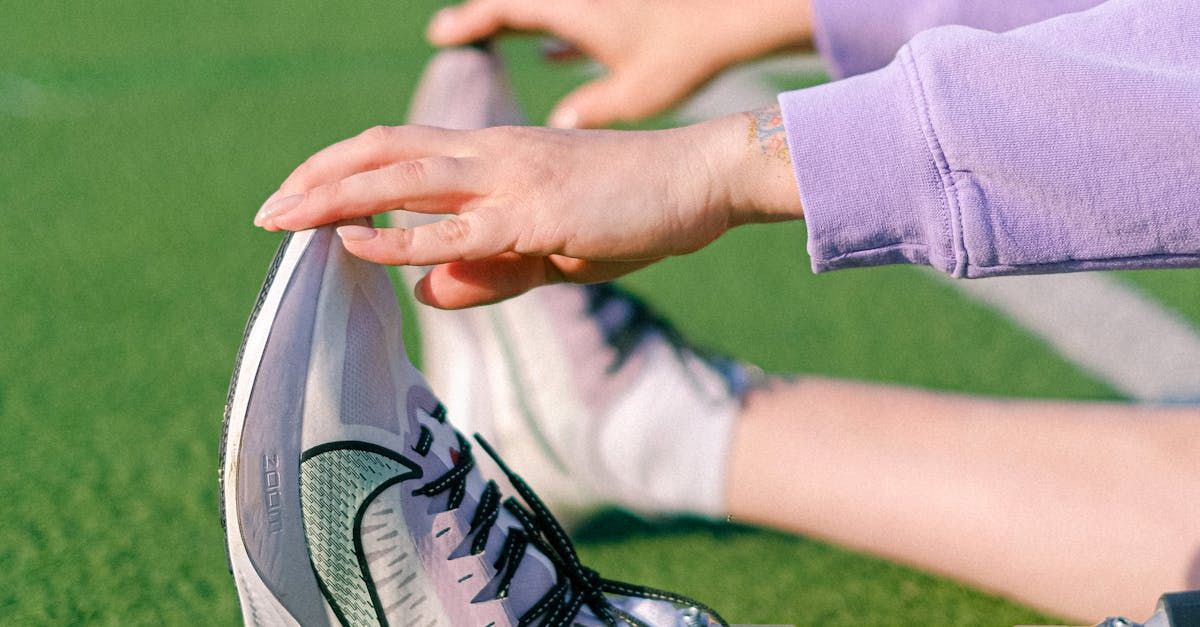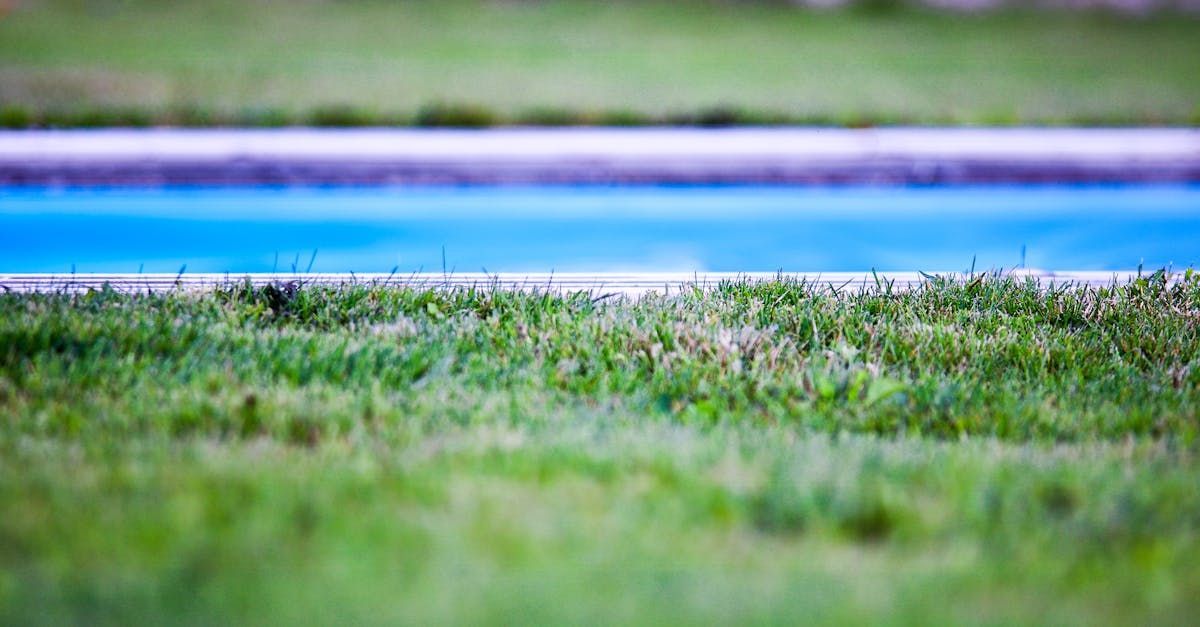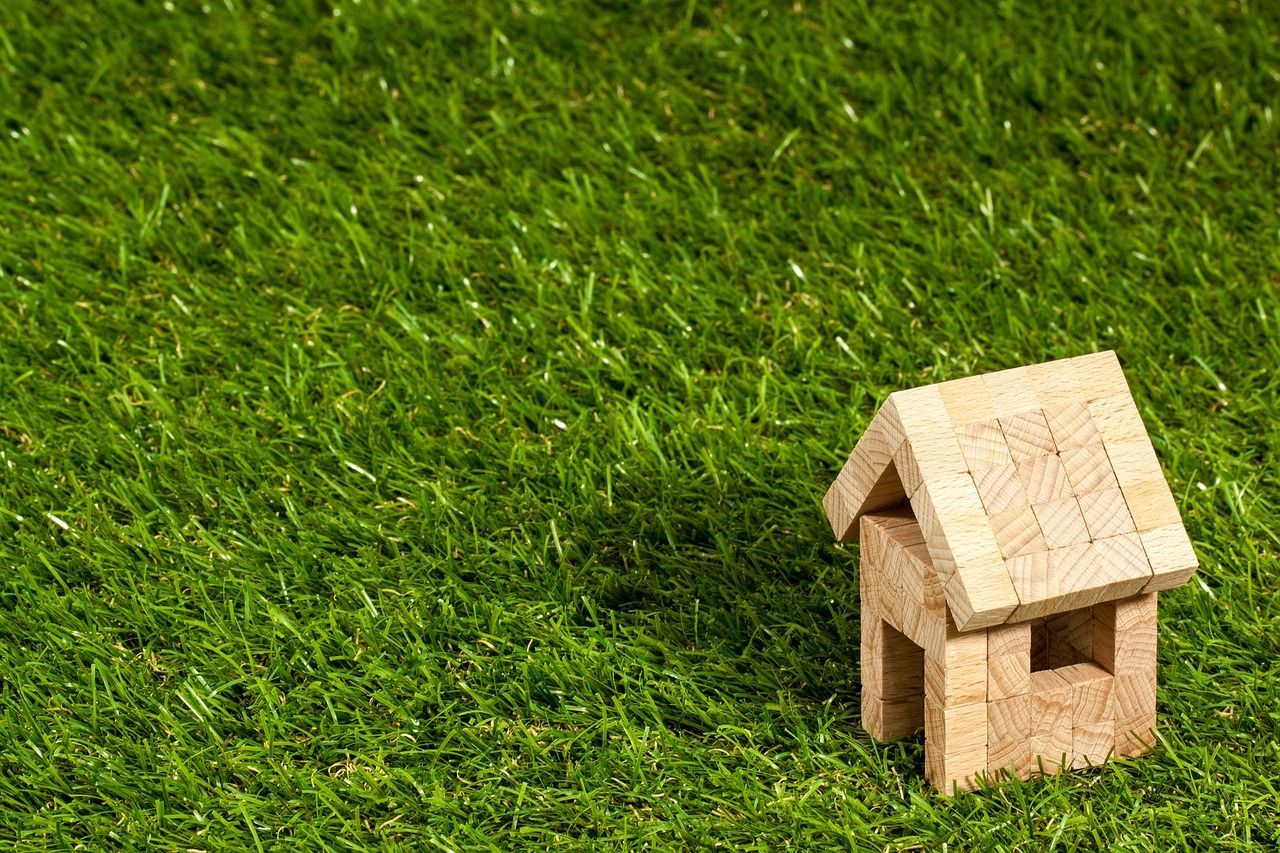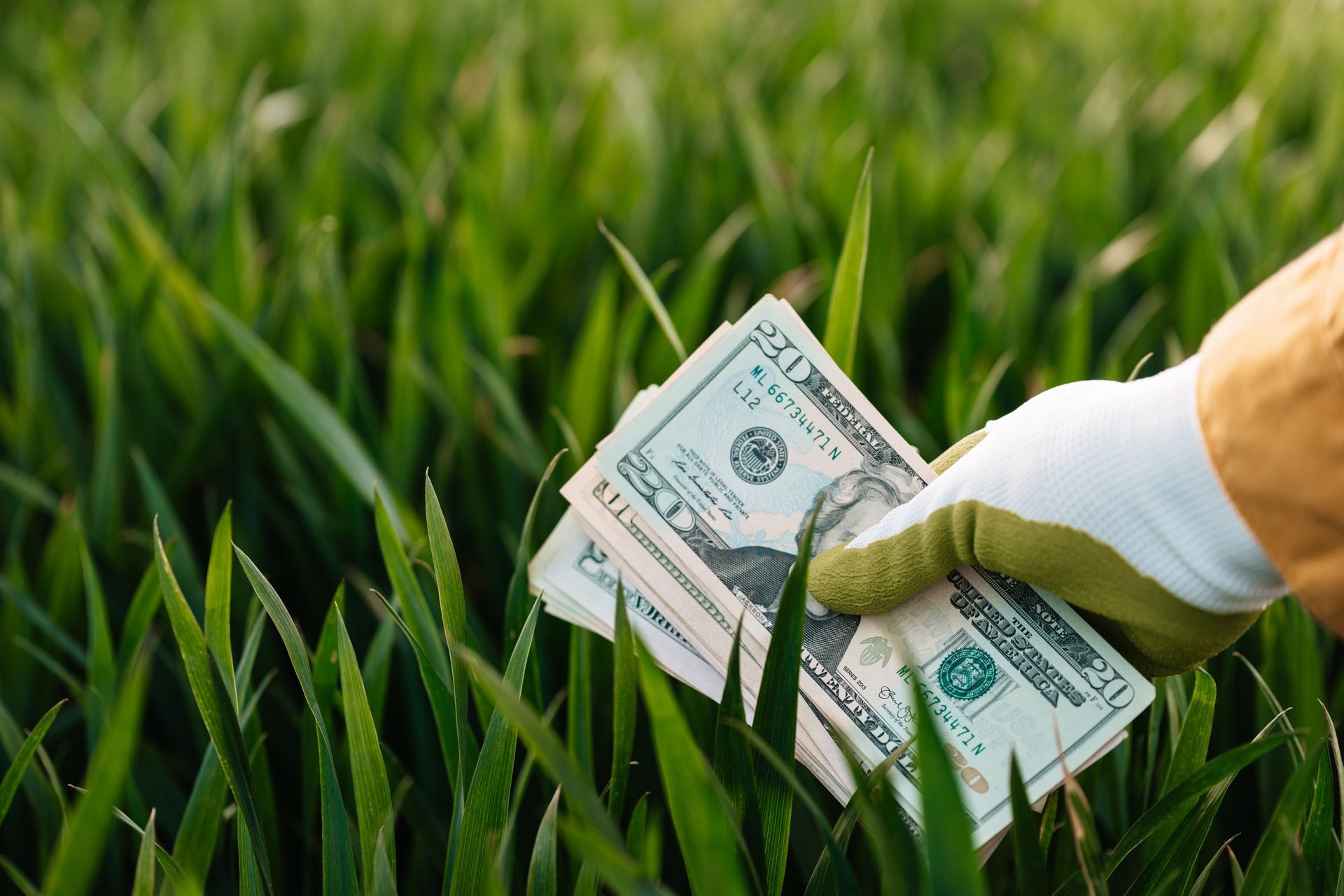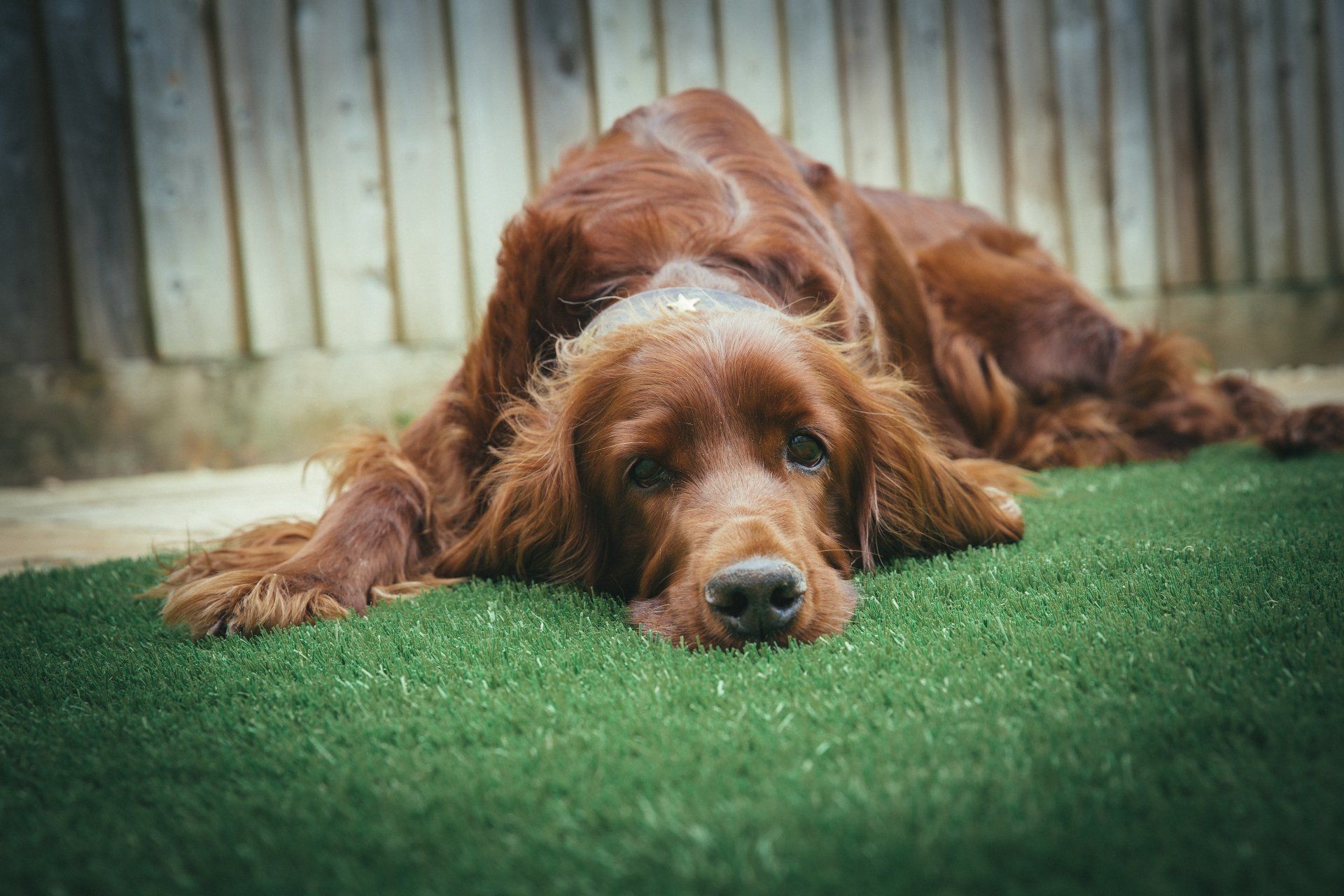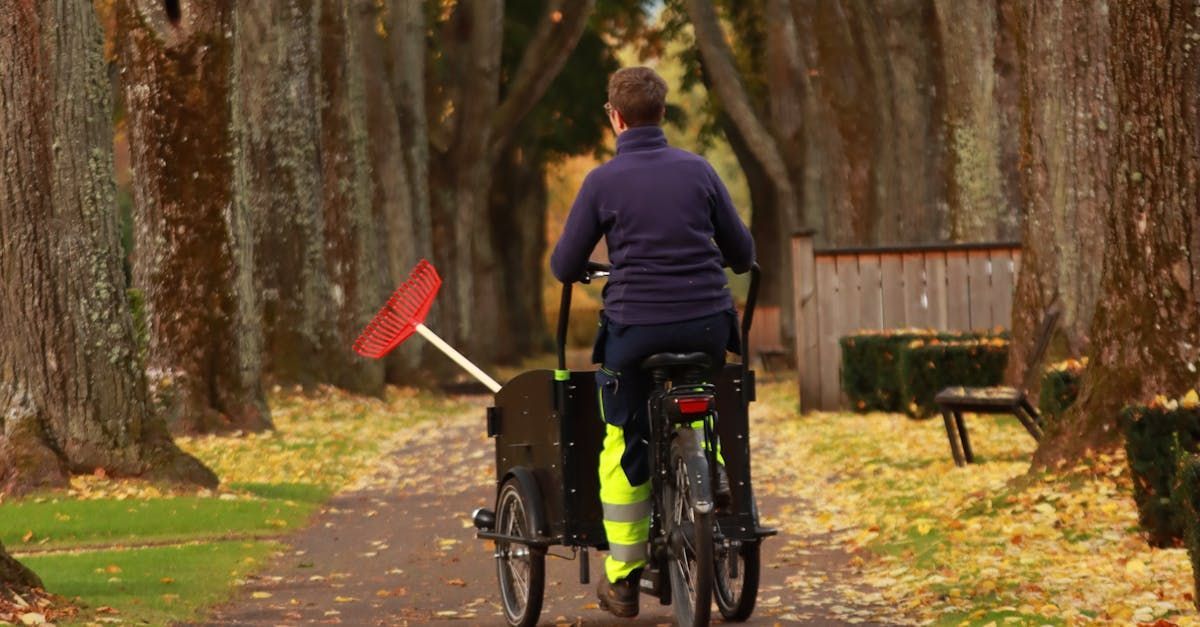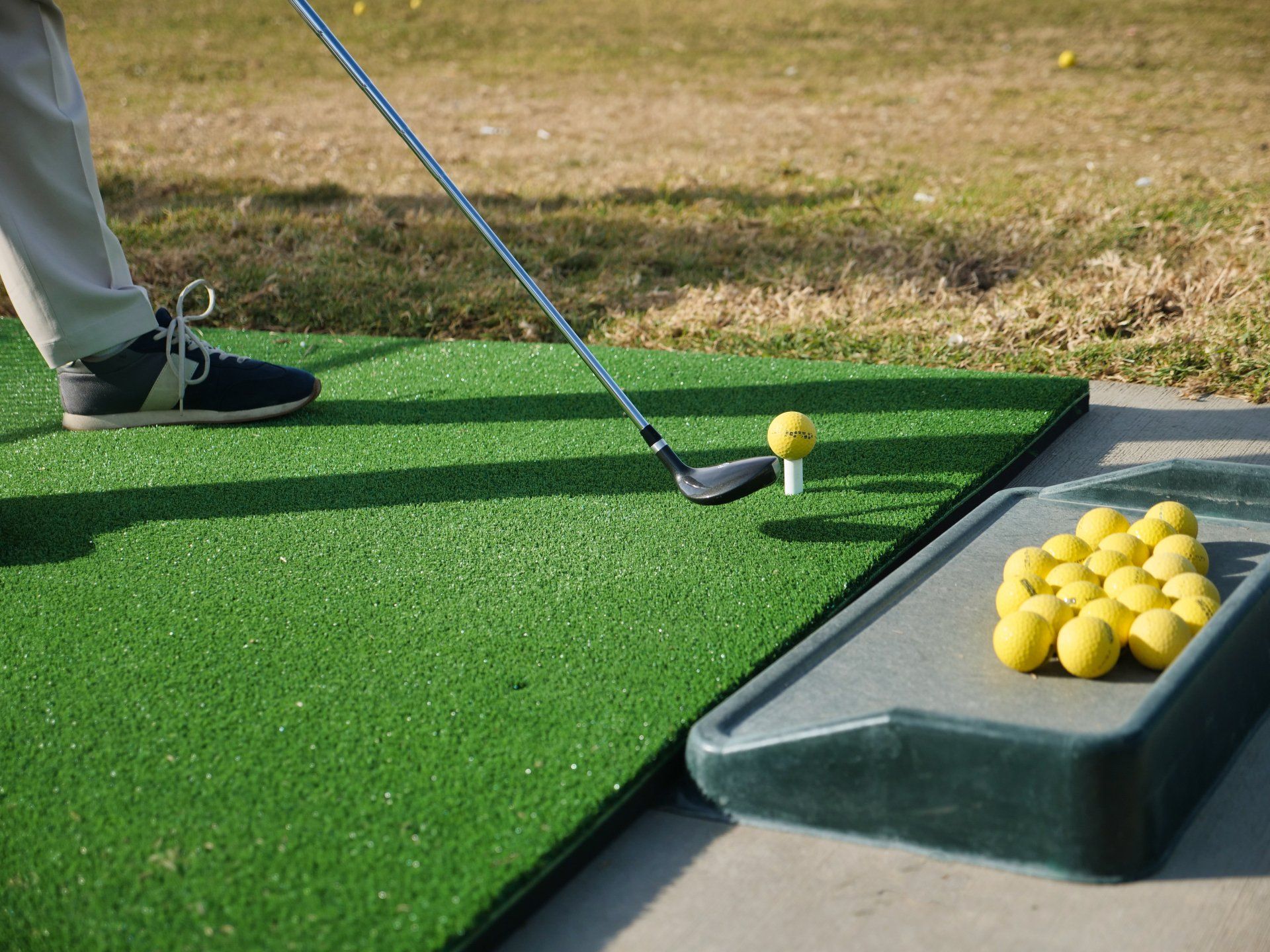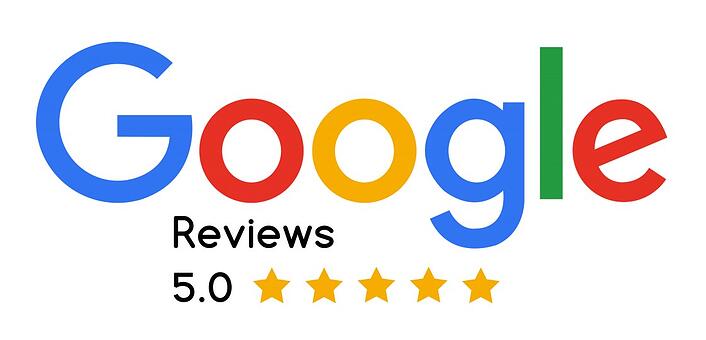How Much Does It Cost to Install an Artificial Golf Green?
Installing an artificial golf green can be a scary prospect when the costs are not confirmed and you do not have experience with installation companies or processes, but that is why we are here!
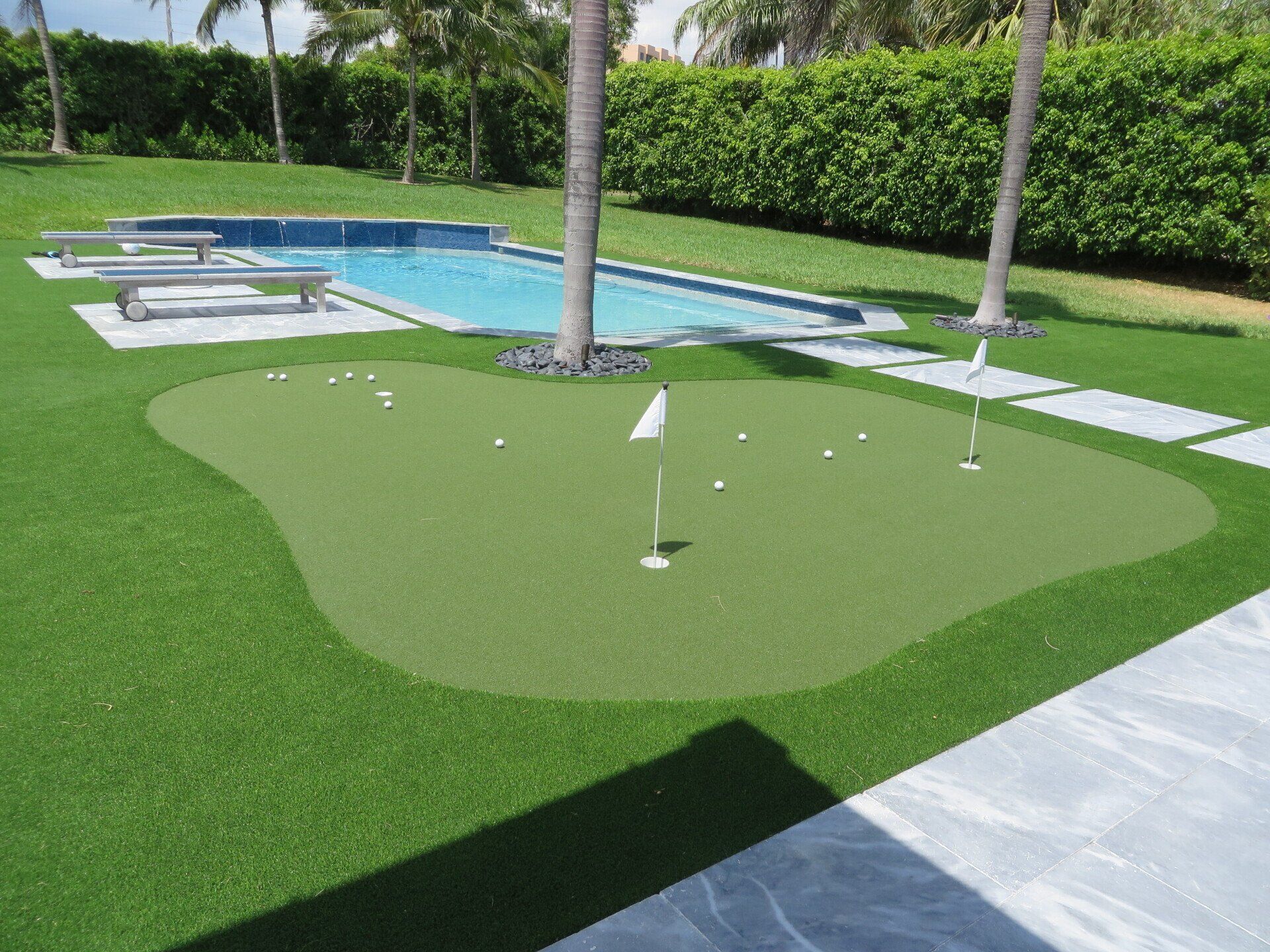
Putting green is the type of turf and area of installation used for artificial grass that is implemented when creating a full or mini golf course. There are many courses that use natural grass, but due to environmental, convenience, and economic reasons, many places are making the change to turf. This is so that courses can enjoy all of the benefits of turf without all of the worry of grass.
When they make this switch, there are often many questions as to the cost, but not only the initial difference of installation prices between grass and turf, but also for the cost efficiency over several years. For grass use, you pay for the initial installation, then for its fertilizer, pesticide, and all of the tools for its upkeep which include–but are not limited to–a mower, weed-eater, rake, and leaf blower. On the other hand, when you install turf, you are investing in a ten to twenty year pristine lawn with little to no maintenance required.
No matter the size of your golfing needs, an artificial turf installation can be made for the putting green in order to accommodate whatever aspirations you have–whether it be for recreational or business use.
What Makes Synthetic Turf the Best Option
It is important to any customer to be knowledgeable of their purchase and investment decisions before they are made, and when these investments rely on not only their own expertise, but also the experience of the company installing it, there is added pressure to their purchase. In order for you to be the most informed, you need to be aware of what makes artificial grass the best option for putting green.
The reasons are as follows:
- Turf is the safest option due to its flexibility and durability for athletes, coaches, and staff (in this case the golfers, caddies, and observers).
- Artificial turf lasts anywhere between ten to twenty years depending on the quality of the initial installation and the weather and wear conditions over that amount of time. Grass is constantly needing maintenance, and many times replacement after only a few years.
- Although the initial cost of synthetic putting green turf is much higher, the efficiency of the price is justified due to the lack of need for upkeep in comparison to grass. There is no need to purchase all of the tools, fertilizer, and pesticide for grass (nor hire companies for those needs) when synthetic turf is used.
- It is much more even, and even when heavy weather strikes, holes do not form and matting in grass is not an issue.
Overall, turf has the most cost efficiency, the best physical appearance, and the highest quality when in need of putting green for whatever uses you have for it, whether recreational or strictly business use.
-
How much does it cost to install an artificial putting green?
The costs involved for installing artificial putting green depends entirely on the size and shape of the lawn, as well as how many objects they will be including in the installation or working around (i.e. a patio, pool, stone structure, etc). The average costs range between a high of twenty five dollars per square foot and a low of eighteen dollars a square foot. Contractors are within their rights to charge more or less than that, however, depending on the area, competitive prices, and the individual needs of the customer. Overall, the price depends on the project.
-
How much does it cost to install a backyard golf green?
As stated in the previous question’s answer, the price depends entirely on the size, shape, and structures incorporated in the projects. For a backyard golf green, you will need to make the contractor aware of the size of your lawn (large yards can go all the way up and surpass two thousand square feet whereas small yards can be around one hundred square feet). The larger the project, often the rate per square foot goes down as larger spaces have simpler projects. Smaller projects, on the other hand, can range up to thirty dollars a square foot in comparison to fifteen dollars per square foot of the larger projects because installers have to make up the difference in the price due to the materials and time used.
-
How much does it cost to install a 100 square foot green?
For a residential project of installing a hundred square foot putting green, the average price could range between one-thousand five hundred dollars and three thousand dollars depending on the area of residence. For Texas based projects, the average price would be closer to fifteen-hundred dollars, but in areas like New York and California, the prices may closely resemble the three thousand dollars. It is important to contact a contractor to get a closer estimation for your specific project as your geographical location could have an impact on the prices on top of the size, structures involved, and shape of your project. Your needs ultimately mold your price.
-
How much does it cost to install synthetic golf turf?
synthetic turf putting green can range in price depending on need, but many people find that estimations can be close if factoring in the differences listed above (the structures involved or worked around, the shape of the lawn, and the size of the project). Golfing turf may vary depending on the personal aspects of the project, but also the materials it is made of which determine the quality (like whether it is made of polypropylene or nylon can change the cost, but your residence also determines availability of certain products).
In Conclusion
Overall, it is crucial to show contractors what expectations you have, the space the project will take up, any structures in the space that may interfere with the installation, and the shape of the projects. Less important, but still needed is for you to determine which materials you want used in your synthetic lawn and to express this to the installers for your project. Depending on the area of your project you could have limited materials and differences in installation prices, so research is important before investing in a project like this! Companies are willing and ready, though, to accommodate whatever needs you may have for these projects!
About the author
Kathy Leavell
Kathy Leavell is the founder and owner of Synthetic Turf Treasure Coast, a leading provider of synthetic grass solutions for residential and commercial properties in Florida. With over a decade of experience in the industry, Kathy has become a recognized expert in synthetic turf installation, maintenance, and repair. Under her leadership, Synthetic Turf Treasure Coast has earned a reputation for exceptional customer service and high-quality workmanship.
Prior to starting her own business, Kathy worked in sales and marketing roles at several major synthetic turf manufacturers.

Contact
- Mon - Thu
- -
- Friday
- -
- Sat - Sun
- Closed
Hobe Sound, FL, United States
All Rights Reserved | Synthetic Turf Treasure Coast
